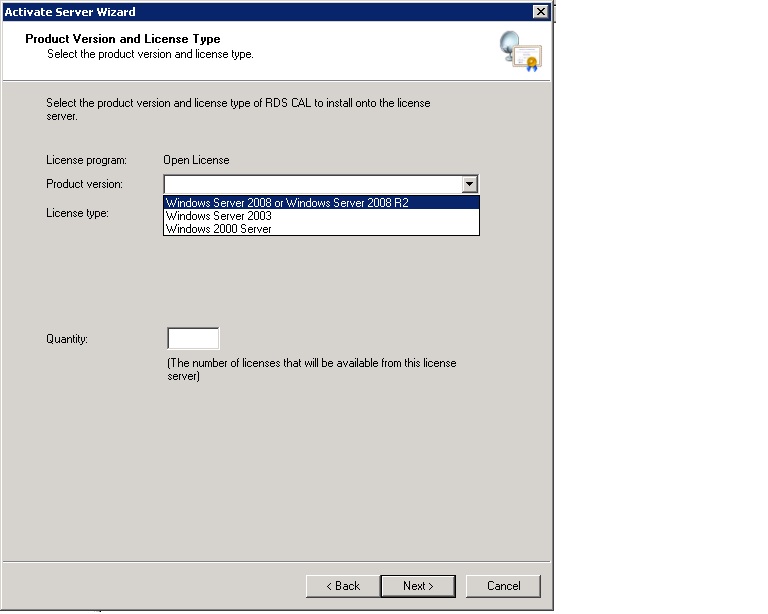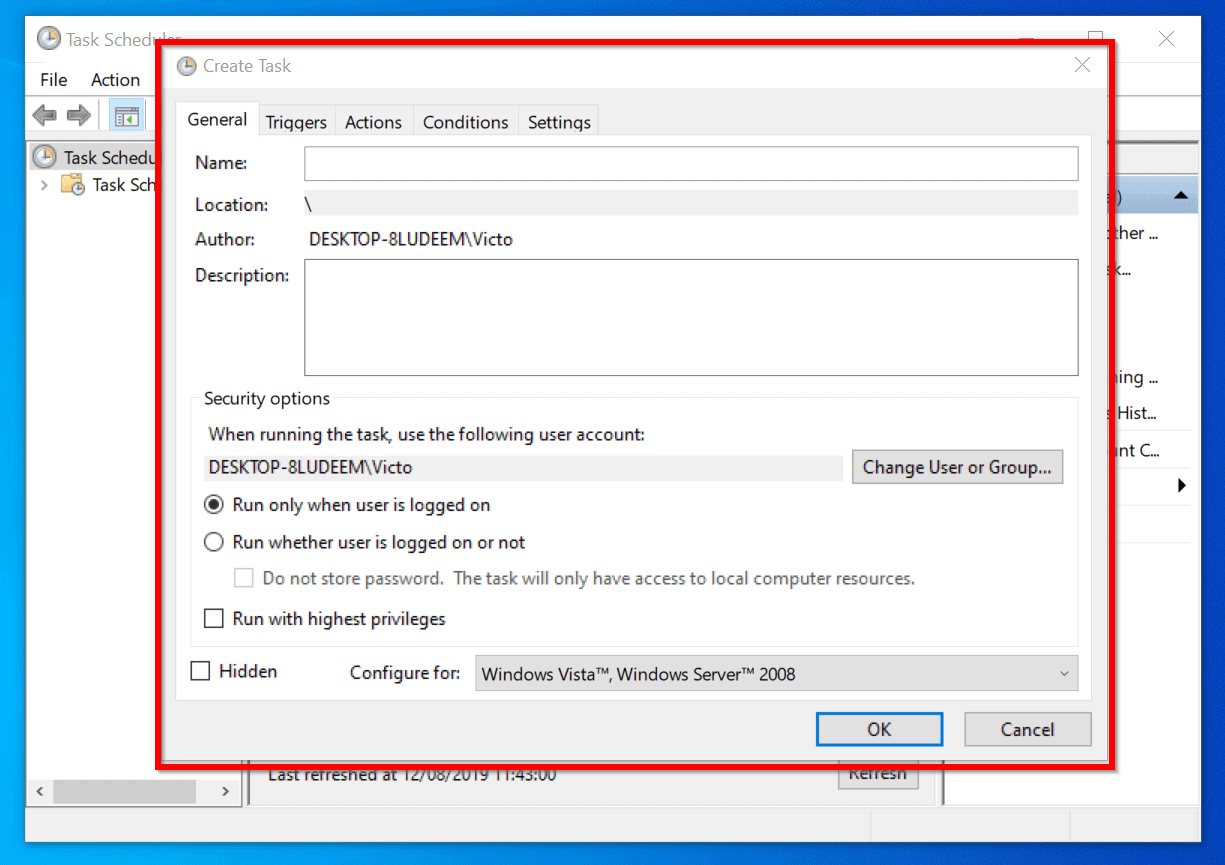
To configure directly in the registry: Windows Registry Editor Version 5. The Keep-Alive feature can be enabled by Group Policy:Ĭomputer Configuration\Administrative Templates\Windows Components\Remote Desktop Services\Remote Desktop Session Host\ConnectionsĬomputer Configuration\Administrative Templates\Windows Components\Terminal Services\Terminal Server\Connections When the service is started again, a new svchost.exe will be started however the server won't accept incoming RDP connections because of inconsistency in the TermDD driver state.

When Keep-Alive is enabled and the Remote Desktop Services (Terminal Services) service is stopped, its svchost.exe process will remain in the Task list, even though the service is reported to have stopped correctly. Resolutionĭon't attempt to stop or restart the Remote Desktop Services (Terminal Services) service if the RDP keep-alive mechanism is enabled. The keep-alive thread is started by the Remote Desktop Services (Terminal Services) service if Keep-Alive is enabled, however it runs in Kernel mode and therefore can't be ended automatically when the service stops. Press Ctrl-Alt-Delete then select Sign Out Log Off of Terminal Session on Windows Server 2012 or Windows.

If the RDP Keep-Alive feature is enabled on a Windows Server 2008 (or Windows Server 2008 R2) server, manually stopping the Remote Desktop Services service (Windows Server 2008 R2) or Terminal Services service (Windows Server 2008) will leave the server in an unstable state: restarting the service won't re-enable RDP functionality, and the server will hang during shutdown. Log Off (Log Out) of Windows Server 2012 or Windows 8. This article provides a solution to an issue where you can't restart the Remote Desktop Services (Terminal Services) if Keep-Alive is enabled.Īpplies to: Windows Server 2012 R2 Original KB number: 2507353 Symptoms


 0 kommentar(er)
0 kommentar(er)
